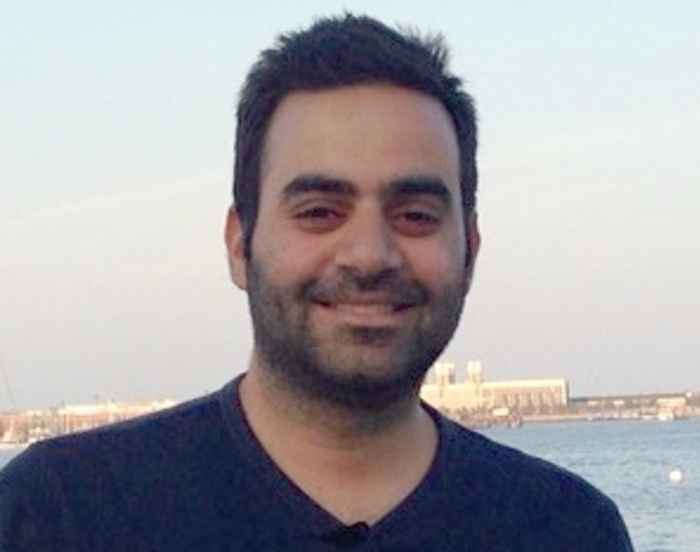Ali Rashidfarrokhi
PhD student at NYU Langone Medical Center

Could you give a short description of the results highlighted in your recent publication?
‘This paper reveals how the opportunistic fungus Candida albicans exploits the molecules on the plasma membrane of phagocytes, so it can invade the host, propagate, persist and cause infection. In this study we showed that the absence of sphingolipids at the plasma membrane inhibits phagocytosis of pathogenic fungi. This study is one of the examples of how the dynamic nature of lipids at the plane of plasma membrane is critical for proper functioning of phagocytes, such as macrophages and dendritic cells. More specifically lipid bilayer does not just serve as a physical barrier in our cells, they are in direct contact with different molecules and pathogens. Such a property make these molecules indispensable for proper functioning of innate immune cells.
What is the importance of your results for the (biomedical) scientific field?
‘My research demonstrates that sphingolipids can play an important role in phagocytic efficiency of our immune cells to clear the microbes in our body. People who carry mutations in their gene encoding enzymes, responsible for sphingolipid biosynthesis, could suffer from phagocytic defect and therefore they could succumb to severe microbial infection. To understand how sphingolipids have such a dramatic effect on uptake efficiency of innate immune cells further research needs to be done. Finding a specific molecule in this pathway could be used as a target for the pharmaceutical industry.’
Which steps in your career led you to these results?
‘As part of my Master’s programme I did my first internship in the field of cell signalling and visualisation of intracellular protein trafficking. Under supervision of Joachim Goedhart and his PhD student Kobus van Unen at the Molecular Cytology group at the UvA, I worked on the “Quantitative analysis of signalling pathways activated by histamine receptor isoforms”. This internship was my first lab experience in the field. I was really excited about my project and I learned a lot. This internship gave me the insight in how our cells communicate with each other through diverse signalling molecules and how cells respond to their environment by turning different signalling pathways on or off. Because of this invaluable experience, I could pursue my second internship at MIT.
During my second internship at the Hidde Ploegh lab at MIT, I focused on host-pathogen interaction, exploring the roles of pattern recognition receptors and lipid metabolites in the innate immune response to infections with the fungus Candida albicans. The results of my research culminated in my Master’s thesis on the Disruption of sphingolipid biosynthesis blocks phagocytosis of Candida albicans.’
What will you be doing next?
‘How our immune system can protect us from the many pathogens that we encounter every day, is the most intriguing question for me. Based on my experiences on the different aspects of cell biology and immunology, in my PhD research I am going to use in vivo imaging tools and single cell genomic techniques to study the spatial and dynamic organisation of the immune cells in our body in the context of interaction with various pathogens. This area of research is largely unexplored and in my opinion can give us critical information about how our immune system mounts a proper immune response to invading pathogen in the right time and space. The results can be much appreciated in the field of vaccine development and drug design.’